The Quad group, better known only as the “Quad” is an informal alliance of countries composed of the United States, Australia, India, and Japan.
With rising tensions with China in the Indo-Pacific region (the region of oceans between the Middle East and the Sea of Japan through northern Australia), the group has intensified its economic and security ties with the goal of keeping “the oceans free and open” for maritime traffic.
What exactly does “Quad” do?”
The Quad, officially known as the “Quadrilateral Security Dialogue,” is an informal group of four countries: the United States, Australia, India, and Japan.
Maritime cooperation between them began after the Indian Ocean tsunami in 2004. But today, the countries – all democracies – work on a much broader agenda that includes dealing with security, economic, and health issues in the region.
Over the years, Quad diplomacy has waxed and waned. It is an informal group, not a formal alliance. Japan initially emphasized the democratic identity of the four nations, while India seemed more comfortable emphasizing functional cooperation. Australian leaders have been reluctant to create the impression that the group is a formal alliance, perhaps to avoid antagonizing China, a major investor in the country.
China’s growth and influence in the region, has led the group to change its focus…
As of 2021, the leaders of the four countries have become more aligned in their common concerns about China’s increasingly assertive behavior in the region and are more willing to set a constructive agenda for cooperation.
All four navies of these countries participated in their first joint exercise in more than a decade in November 2020. And in March 2021, there was a virtual meeting of the Quad.
They formed working groups on COVID-19 vaccines, climate change, technological innovation, and resilience of global supply chains.
What are the U.S. interests in the Quad?
Working closely with these countries is natural for the United States. Australia and Japan have joint security treaties with the U.S., and India is an important strategic and trading partner.
The Indo-Pacific region spans two oceans and several continents, making it important for U.S. maritime interests. In 2019, $1.9 trillion of U.S. trade passed through the region.
According to a UN report. This year, 42% of world exports and 38% of global imports are expected to pass through the region.
China’s growing willingness to challenge the regional status quo worries Washington, and Beijing’s challenge to democratic values last year deepened the concerns of other Quad partners as well. China’s pursuit of its regional interests – including its crackdown on Hong Kong freedoms and criticism of nations that question its actions – has not been slowed by the COVID-19 pandemic.
However, the Quad’s agenda is not just about China. The leaders of the four nations also see the need for a more proactive approach to solving the humanitarian and economic challenges caused by COVID-19.
How has China responded to the increased cooperation within the Quad?
China’s relations with each of the Quad members have become more strained during the pandemic. U.S.-China tensions remain high; Beijing’s frustration was evident when Biden’s new foreign policy team had its first meeting with its Chinese counterpart in Alaska in March.
Australia continues to feel the effects of the impact of Chinese economic sanctions after suggesting a World Health Organization (WHO) investigation into the origins of COVID-19 last year.
India and Japan have clashed with China over territorial disputes. China’s ambassador to Tokyo has publicly criticized Prime Minister Suga, claiming that the Quad’s new diplomacy reflects a “Cold War mentality” and is “100 percent outdated.”
Moreover, recent polls have shown that negative views of China have increased among the public across the region.
Still, few policymakers in the Quad countries see an advantage in trying to militarily contain Chinese influence. Instead, Quad leaders have emphasized cooperation in areas of common interest to increase confidence in the democracies’ ability to contain China’s regional influence.
As long as tensions with China remain, the Quad agenda will likely expand as the democracies of the Indo-Pacific seek to balance China’s growing power.
Why is the existence of the Quad and its rivalry with China important?
Since the American presidency of Barak Obama, the United States had already begun a “pivot to the East” by redirecting military and diplomatic efforts to Asia to contain China’s growth. The establishment of a U.S. Marine Corps military base in Darwin, in northern Australia, is an example of this new strategy.
Historically speaking, whenever a hegemonic country like the United States has its leadership threatened by an emerging power like China, the potential for military, diplomatic, and economic conflict is great.
It was believed that with the end of the Cold War, the competition between the great powers would be over. But the rise of China and its eventual world leadership has taken us back in time.
At that time, the main U.S. military alliance to rival the Soviet Union and the Warsaw Pact was NATO (North Atlantic Military Organization). However, NATO still does not see China as the main adversary, since it was not created for this.
Therefore, it was necessary for the United States to create an alliance with more geopolitically relevant countries that feel more threatened by Chinese expansion: Australia, India, and Japan.
The Quad is still a long way from being a NATO, but the recent joint naval maneuvers of the Quad in the South China Sea give a demonstration of what this alliance can become.

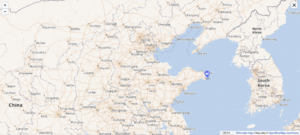
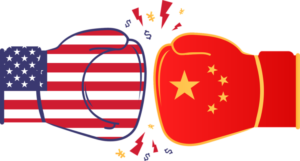




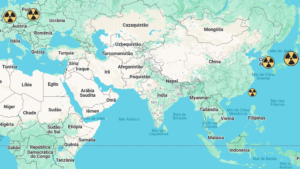
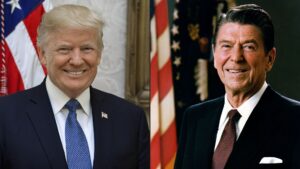
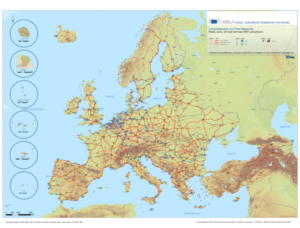
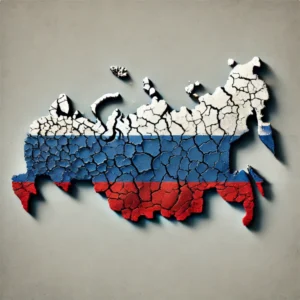
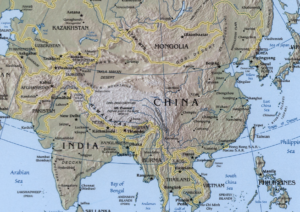



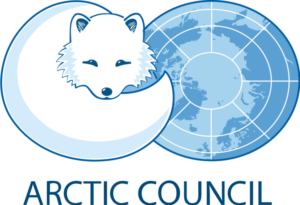


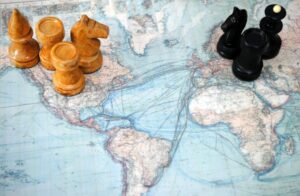

[…] the great Chinese growth, the informal Quad alliance – “Quadrilateral Security Dialogue”, made up of the United States, Australia, India and Japan – has been meeting to discuss […]
[…] Quad, also known as the Quadrilateral Security Dialogue, is made up of the United States, Australia, India, and Japan. It is a diplomatic and security […]
[…] contrast, QUAD (Quadrilateral Security Dialogue) is a strategic security dialogue between Australia, India, Japan and the United States, created in […]
[…] the other hand, the British presence in NATO and in the informal QUAD security cooperation group in the Indo-Pacific region, should maintain the influence of London’s hard power around the world for the foreseeable […]
[…] are currently involved in two other groups that target security in the Indo-Pacific region: QUAD and […]
[…] New Delhi approached the USA in the strategic alignment QUAD (alliance composed of Japan, Australia, India and USA) aiming to counterbalance Beijing’s […]